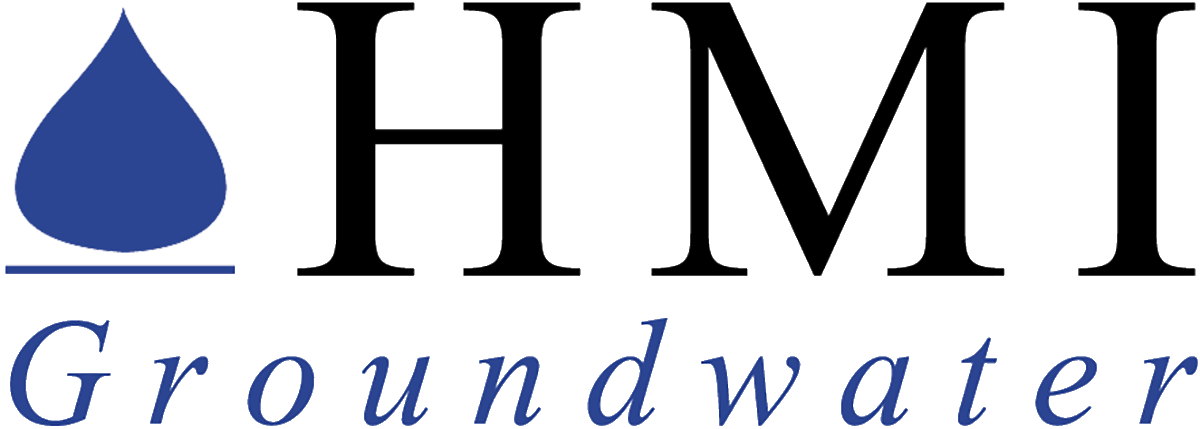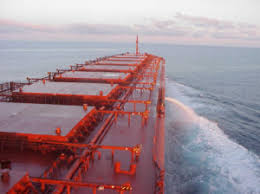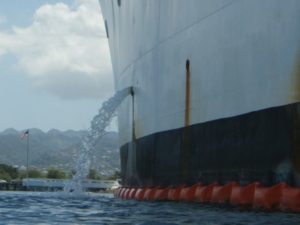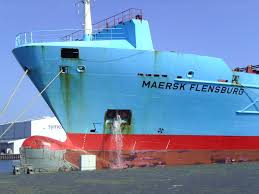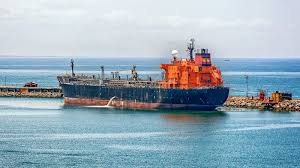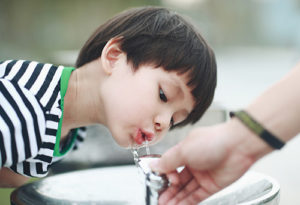Water is perhaps the most important nutrient in our diets. In fact, a human adult needs to drink approximately 2 liters (8 glasses) of water every day to replenish the water that is lost from the body through the skin, respiratory tract, and urine. But some water sources cannot safely be used to meet our requirement for drinking water. In fact, 99.7% of the Earth’s water supply is not usable by humans. This unusable water includes saltwater, ice, and water vapor in the atmosphere. Only freshwater, which is contained in rivers, lakes, and underground sources, can be used for human consumption. Furthermore, many freshwater sources are not suitable for humans to drink. Many serious diseases, such as cholera, are caused by drinking water that contains parasitic microorganisms. Water containing large amounts of industrial waste or agricultural chemicals (e.g., pesticides) can also be toxic and unfit for drinking. Hence, humans have a great need for a reliable source of clean freshwater for drinking.
In addition to the water needed for drinking, humans use much larger amounts of clean freshwater in other applications. These other uses of freshwater include household use (e.g., cooking and cleaning), industry, agriculture (e.g., irrigation), and recreation. Hence, the quality of the freshwater supply is important for virtually every aspect of our lives.
In response to this need for reliable supplies of clean and usable freshwater, governments at all levels have formed organizations and passed legislation to monitor, treat, and protect our water supplies. The Clean Water Act, passed in 1972 and revised in 1978, established the policy of contracting water-treatment facilities and implemented enforcement procedures to ensure that our water supplies would be kept clean for human use. Later, the Safe Drinking Water Act of 1974 (amended in 1986 and 1996) established minimum federal public-health standards for the water supply. The policies and standards provided by these acts, together with a large body of legislation developed at the state and local levels, have helped to ensure that residents of almost every part of the United States have access to a safe, usable supply of water for drinking and other uses.
